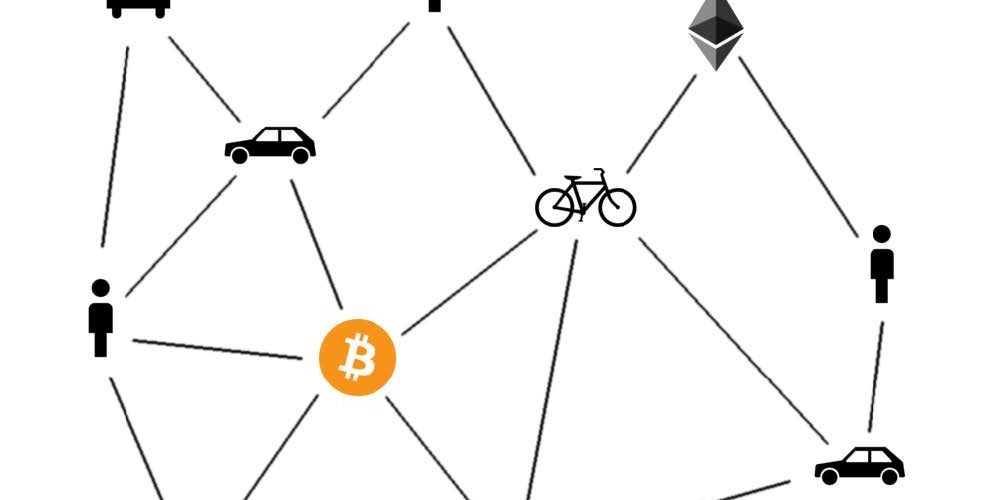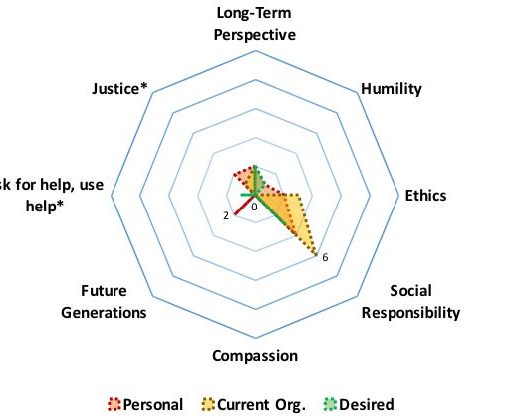Joel Torstensson, Patrik Andersson (2017)
Mobility as a Service is a novel approach to mobility. There have been several eorts to incorporate the approach by trying to bring multiple mobility providers (MPs) together in one platform. In most of these eorts, one organization has acted as a broker for all of the MPs and the customers. This broker might have vested interest and could be biased toward well established MPs. A new technology called blockchain provides a viable method of coordination of parties that do not trust each other without the need of a central authority. This report explores the intersection of these two developments, Mobility as a Service and blockchain technology, and asks: How can a Combined Mobility Service platform that benets all of the involved stakeholders be designed? We explore both the technical viability as well as possible economic impact on MPs of such a platform by combining qualitative and quantitative approaches. By interviewing multiple stakeholders, the central requirements were identied. To investigate the socio-economic impact, an agent-based model was constructed that simulates the eect of user behaviour with and without the platform. These simulations shows that while it might not be very clear if the revenue of a MP increases by joining the platform, the existence of the platform will decrease the revenue of MPs that do not join if the platform gets sucient network eects. The main result of the study is a simplied technical specication of how a platform could be constructed which provides a solid description of how it could be implemented. This specication takes into consideration the needs of existing MPs, but also maintains neutrality so that new MPs can join on an equal footing with the existing ones. While it does not take all of the technical possibilities into consideration, it can still be seen as a success since it suggests a solution to the main problem of combined mobility platforms. The simulations provide additional conrmation that this approach is viable. The next step in this research is to implement a proof-of-concept of the platform, showing its viability on a more practical level.
Read the full report here.





